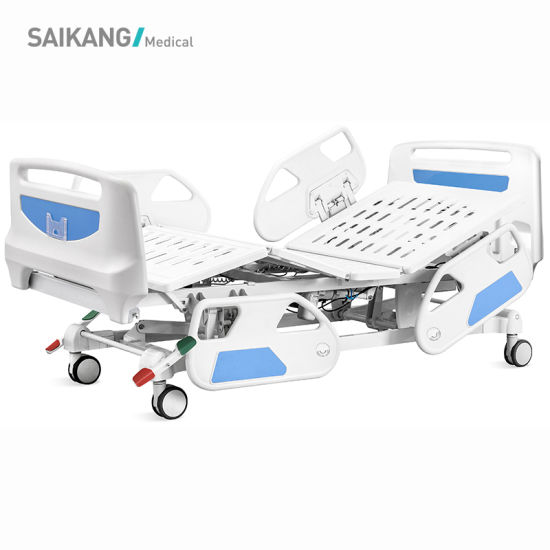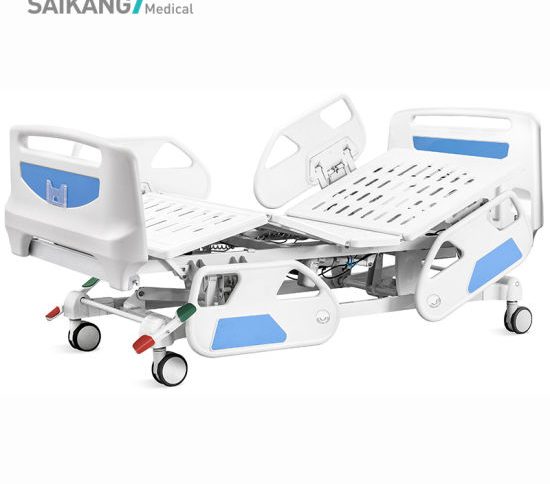Electric beds can be valuable tools for taking care of patients at home, particularly those with mobility issues, medical conditions, or recovering from surgeries. Here are several ways electric beds can help in caring for a patient at home:

Adjustable Positions: Electric beds can be easily adjusted to various positions, allowing the patient to find a comfortable and supportive posture. This is crucial for patients with conditions that require specific positions, such as elevating the head or feet to manage breathing difficulties or reduce edema.
Improved Mobility: Electric beds often come with features like height adjustments and bed rails. These features can assist the patient in getting in and out of bed safely and reduce the risk of falls or strain on caregivers.
Pressure Ulcer Prevention: Some electric beds have pressure redistribution surfaces that help prevent pressure ulcers (bedsores) by regularly shifting the patient’s weight and reducing pressure on specific areas of the body.
Ease of Caregiving: Electric beds make it easier for caregivers to provide care. They can raise the bed to a comfortable working height, reducing the need for bending or stooping. Caregivers can also adjust the bed to assist with tasks like changing bed linens, bathing, and dressing.
Pain Management: Patients experiencing pain can benefit from an electric bed’s ability to change positions. For example, they can raise the head of the bed to sit up comfortably or raise the foot section to relieve pressure on the lower back.
Independence: Electric beds allow some patients to adjust their positions independently, promoting a sense of control and autonomy over their care. This can be especially important for individuals who want to remain as self-reliant as possible.
Assisting with Breathing: For patients with respiratory issues, raising the head of the bed can help improve breathing and reduce the risk of aspiration or choking during sleep.
Aid in Rehabilitation: Electric beds can be used in conjunction with physical therapy and rehabilitation exercises. They can be adjusted to facilitate specific exercises and movements prescribed by healthcare professionals.
Enhanced Sleep Quality: Being able to adjust the bed’s position can lead to improved sleep quality for patients with conditions like sleep apnea, acid reflux, or chronic pain, as they can find a more comfortable sleeping position.
Safety: Electric beds often include safety features like bed alarms and locking mechanisms to prevent accidental falls or unauthorized adjustments, ensuring the patient’s safety.
Convenience: Caregivers can easily adjust the bed’s position using a remote control, eliminating the need for manual cranking or lifting, which can be physically demanding.
It’s important to note that the specific features and benefits of electric beds can vary depending on the model and manufacturer. When considering the use of an electric bed for home care, it’s essential to consult with a healthcare professional or occupational therapist to ensure that the chosen bed meets the patient’s specific needs and medical requirements. Additionally, proper training on the bed’s operation and safety features is crucial for both the patient and caregivers.







